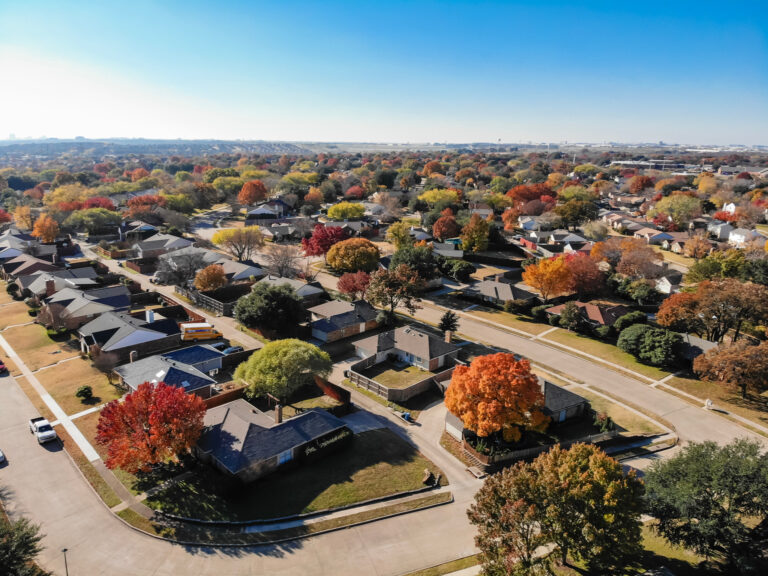
A balloon mortgage, a type of home loan that offers lower monthly payments for a fixed period, can be an attractive option for borrowers. It provides the benefit of lower initial payments, making homeownership more affordable in the short term. However, it’s important to note that this type of mortgage also carries certain risks that borrowers should be aware of.
During the ‘balloon period’ of a balloon mortgage, borrowers typically make smaller monthly payments for a specified period, often five to seven years. These payments are based on a longer loan term, such as 30 years, but only cover the interest on the loan, with little to no principal reduction. It’s crucial for borrowers to remember that they need to plan for the balloon payment, which becomes due at the end of this period.
However, at the end of the balloon period, the loan’s remaining balance becomes due in full, requiring the borrower to either pay off the loan, refinance the remaining balance, or sell the property. This giant balloon payment can be a significant financial burden for borrowers if they cannot meet the payment obligation or refinance the loan on favorable terms.
One common strategy for borrowers with balloon mortgages is to plan for a future refinancing or sale of the property before the balloon payment comes due. This allows borrowers to take advantage of the lower initial payments while still having a plan to address the balloon payment when it becomes due.
Despite their risks, balloon mortgages can be viable for specific borrowers, particularly those who expect their financial situation to improve or plan to move or refinance before the balloon payment is due. However, borrowers should carefully weigh the potential benefits and risks of a balloon mortgage and ensure they have a clear plan for addressing the balloon payment when it comes. Consulting with a knowledgeable mortgage advisor can help borrowers decide whether a balloon mortgage suits their financial needs and goals.
Explore Our Current Listings to Find Your Perfect Home with Sonic Realty
Or, if you’re looking to direct visitors to more resources:
Learn More About Our Real Estate Services and How We Can Help You Buy or Sell Your Home
Let me know if you need links for specific sections or pages on the website!
Thank you for reading! If you enjoyed this article and want to explore more content on similar topics, check out our other blogs at Sonic Loans, Sonic Realty, and Sonic Title. We have a wealth of information designed to help you navigate the world of real estate and finance. Happy reading!
Zoning: What It Is and How It Affects Your Property Rights
Will Realty Income Cut Dividend? Understanding the Factors at Play
Why Do Property Taxes Go Up?
Who Owes a Fiduciary Duty in Real Estate and What Does That Mean for Your Transaction?
What to Look for in a Real Estate Agent in Canton
What to Know About Filing a Property Tax Appeal
What to Expect at Closing in Dearborn, MI
What is a Townhome?
What Is a Tiny House? 12 Surprising Facts












































